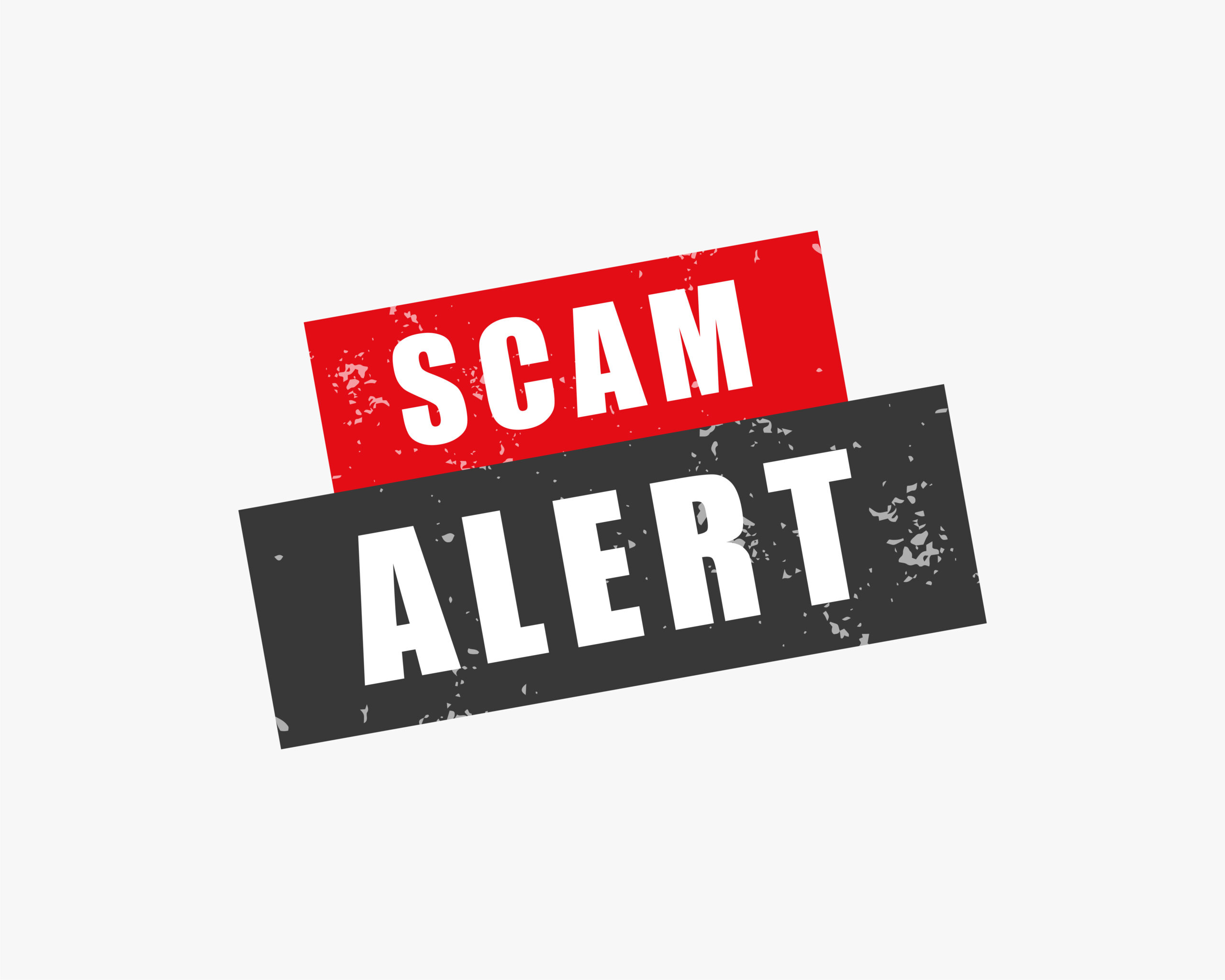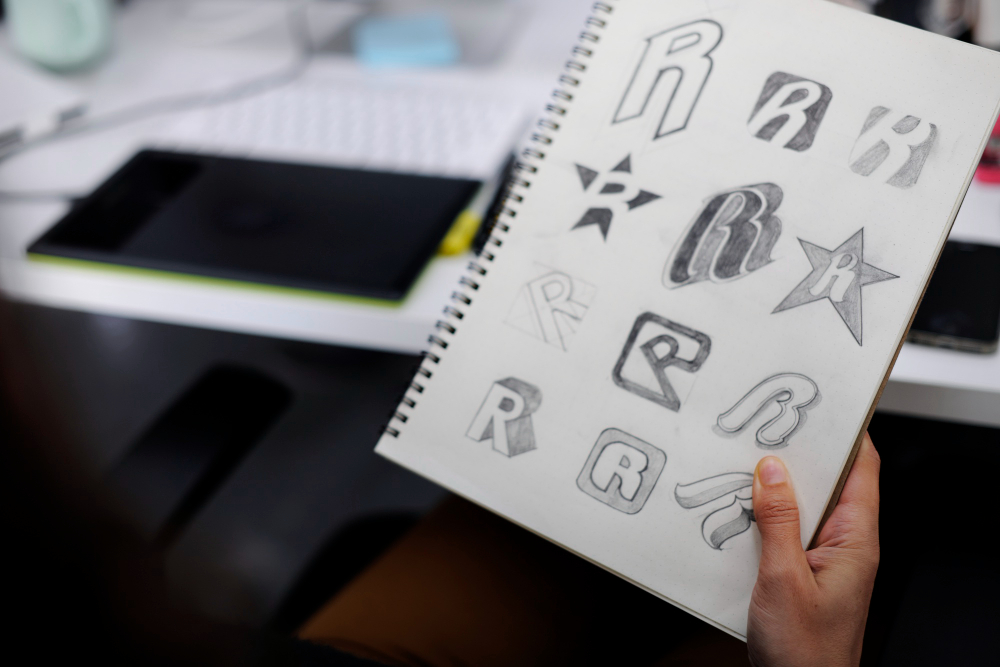What do American Airlines, British Airways, Holiday Inn & Vision Express all have in common?
They are all descriptive names and all have trademarks.
The first rule of trademarks is that the have to be unique, I always say, you can’t trademark ‘London Butcher’ as it would in theory stop other butchers in London from advertising their services.
So, why do those 3 power houses above get to trademark those names, the answer? Acquired Distinctiveness.
What Is Acquired Distinctiveness?
Acquired distinctiveness, also known as secondary meaning, refers to a legal principle where a brand becomes registrable because consumers have come to associate it with a specific business. This applies when a mark was originally too descriptive, generic, or non-distinctive to qualify for protection on its own.
It is often the only option available when a brand name describes a product or feature, but has since taken on new meaning through public use and recognition.
What Kind of Trademarks Might Rely on It?
You may need to rely on acquired distinctiveness if your trademark:
– Describes the goods or services directly (e.g. ‘Fast Plumbing’ or ‘Fresh Bakes’)
– Refers to a place name or region
– Consists of a basic colour, letter, or number
– Involves a shape or design element that is functional or familiar
– Is a commonly used industry phrase or expression
These kinds of trademarks are often seen as too weak to register initially, but if they have been used prominently, consistently, and recognisably, they can sometimes be protected with the right supporting evidence.
Here are some other high profile examples of Wins and Losses involving acquired distinctiveness.
Famous Examples Include:
LOSS- Nestlé’s KitKat Shape: Nestlé tried to register the four-finger shape of its chocolate bar based on acquired distinctiveness. However, the court found that while consumers recognised the shape, they did not necessarily see it as an indicator of trade origin, which is the key legal test.
WIN THEN LOSS- Cadbury’s Purple (Pantone 2685C): Cadbury spent decades associating the colour purple with its milk chocolate packaging. In 2012, the High Court accepted that the colour had acquired distinctiveness and allowed its registration. However, this was later overturned in 2014 by the Court of Appeal, which ruled that the way Cadbury had described the colour was too vague to qualify as a legally registrable sign. This case highlights the difficulty of protecting colour trademarks, even where there is clear consumer recognition.
WIN – Toblerone’s Triangular Shape: A positive example where the distinctive shape of the packaging was recognised as having acquired distinctiveness due to consistent branding and advertising.
How Do You Prove Acquired Distinctiveness?
Proving acquired distinctiveness means showing that the relevant public recognises the mark as your brand, not just as a product description or decorative feature. There is no exact formula, but the UKIPO and EUIPO will look for detailed and persuasive evidence, usually including:
1. Length and consistency of use
2. Geographic scope of use
3. Sales and market share
4. Advertising and promotional efforts
5. Evidence of recognition
6. Examples of the mark in use
In the UK, this is usually compiled into a witness statement with supporting exhibits, prepared either at the time of application or in response to an objection.
How Long Does It Take to Build Acquired Distinctiveness?
There is no set timeframe. It depends on the strength of the evidence and the nature of the mark.
– In some cases, three to five years of consistent, prominent use may be enough, especially in niche markets.
– For broader or more descriptive terms, it may take longer and require much more substantial evidence.
– Simply using a brand for 10 years is not enough on its own, the key is not time, but public perception.
When Is It Worth Trying?
Acquired distinctiveness can be the right path when:
– You have used a name or visual element for years, but are facing a rejection due to descriptiveness
– You are the original or leading business in your field, and the public sees your brand as the default
– You want to enforce your rights or prevent competitors from using similar branding
It is especially relevant for brands looking to grow or sell their business, as an unregistered descriptive name may have little value unless protection has been secured.
Final Thought
Acquired distinctiveness is not about how long you have been using your brand. It is about whether your customers recognise it, and whether you can prove it.
If you are facing refusal on the grounds that your mark is too descriptive, or you have built a strong identity without protection, we can help. From preparing witness statements to reviewing historic use and gathering evidence, The Trademark Helpline can guide you through every stage.
We are fortunate in the UK that the cost of a trademark is relatively low. Gaining acquired distinctiveness in the UK can still carry some wait in Europe and may even give you priority in trying to secure that trademark in other countries you trade in overseas.
Want to learn more, why not book a no-obligation consultation with one of our trademark experts today and find out if you have something that could be protected?






